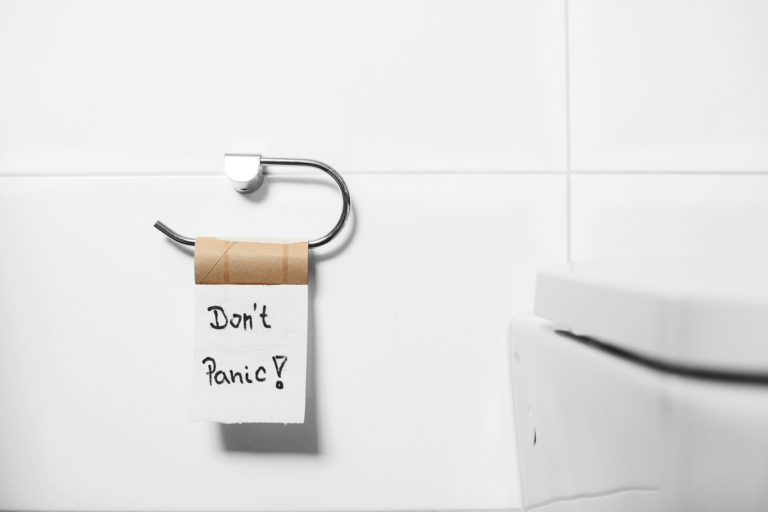Ah, Kegels. The dreaded pelvic floor exercise that everyone knows they should do, but no one really wants to.
And honestly, can you blame us? They’re boring, hard to do correctly, and really — who has the time?! But the truth is, Kegels are important for pelvic floor health and can help prevent issues like incontinence and prolapse. So, let’s talk about why Kegels suck and what we can do to make them a little less awful.
See Also

Postpartum Power
Misinformation and Misunderstandings
First, let’s talk about some of the misinformation out there about Kegels. One of the biggest myths is that Kegels are only for women who have given birth. This is simply not true. Everyone can benefit from pelvic floor exercises, regardless of gender or birth history.
Another issue is that Kegels are often presented as a one-size-fits-all solution for any pelvic floor issues. But you can’t fix dysfunction just by doing 100 Kegels at every stop light (and it could even make things worse if you’re not doing them correctly). In reality, the type and intensity of pelvic floor exercises you need will depend on your individual needs and pelvic floor health.
Our pelvic floor has to work dynamically and functionally throughout our everyday life, not when we are sitting still without any demands on the muscles. If you were exercising your arms, you wouldn’t do hundreds of bicep curls every day while standing still, right? Same for your pelvic floor.
Why Kegels Are So Difficult
So, what makes kegels so unappealing? For starters, they’re often recommended as a daily exercise, which can get boring and monotonous quickly. And let’s be real, it’s not the most exciting exercise to add to your routine. Plus, many people find it difficult to locate and engage the right muscles, leading to frustration and lack of results.
How to Do a Proper Kegel
I mentioned early that Kegels are easy to do wrong. In order to do them correctly (and effectively) you’ve got to first engage your foundation.
Here’s a step-by-step guide to learn how to engage your foundation:
Step 1: Lay down with knees bent and feet flat on the floor or sit down, whichever is more comfortable
Step 2: Place your fingers right on the inside of your hip bones (eventually this is where you will feel one of your tummy muscles turn on and pop into your fingers)
Step 3: Exhale, lower the bottom of your ribs towards your belly button, draw in your lower abdominals, and contract your pelvic floor muscles in a Kege (like you are trying to pick up a blueberry with your vagina). Feel your tummy muscles turn on and pop into your fingers.
Step 4: Hold for 3 seconds, then release
Reminder: Don’t hold your breath or push out through your belly or vagina. Think about drawing those muscles up and in!
For more info on doing Kegels properly click HERE.
Making Kegels More Enjoyable and Effective
But fear not, there are ways to make Kegels more enjoyable and effective. Here are some tips:
Get Creative
Kegels don’t have to be done sitting in a chair or lying down. Try doing them while standing, walking, or even dancing. Incorporating movement can make it more interesting and engaging.
Use Props
There is a variety of pelvic floor exercise aids available and they are a great way to target and engage the right muscles as well as increase the difficulty/intensity of your exercises. Some examples of aids you can use are weighted balls, resistance bands, Kegel weights, and more.
Make it a Game
To get the most out of your kegel exercises, it’s important to challenge yourself regularly. One way to do this is by timing yourself and seeing how many Kegels you can do in a set amount of time, or timing how long you’re able to hold an individual Kegel for.
Create a sticker chart and set a goal to do pelvic floor exercises for 5 minutes a day and reward yourself at the end week for hitting your goals! Find some way to gamify your exercises to keep yourself engaged.
Seek Help
If you’re still struggling with Kegels, don’t hesitate to seek the help of one of the pelvic floor physical therapists here at TheDownThereDoc. They can help assess your individual needs and create a tailored exercise plan.
The Importance of Kegels
Kegels (when done correctly) are an important aspect of pelvic floor health. Don’t be fooled by myths and misinformation, there is tons of evidence-based research showing the effectiveness of pelvic floor exercises.
For more pelvic floor exercises, check out
If you want more support and guidance on pelvic floor exercises and postpartum recovery, consider enrolling in our online postpartum program — Postpartum Power. Our community of supportive moms and expert guidance can make the process a little less daunting and a little more enjoyable.









